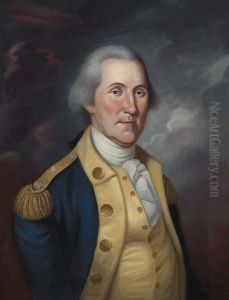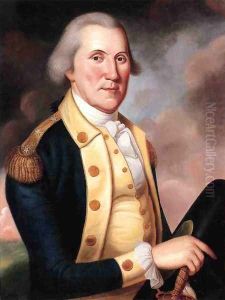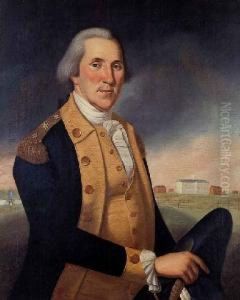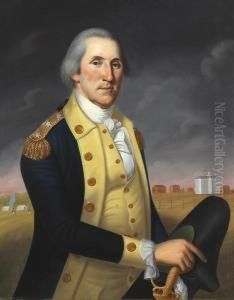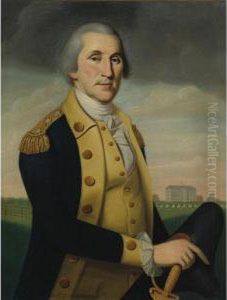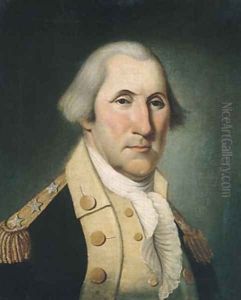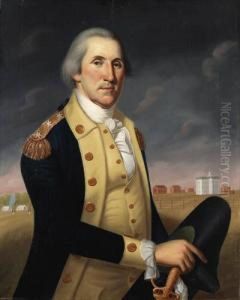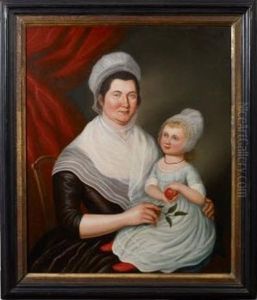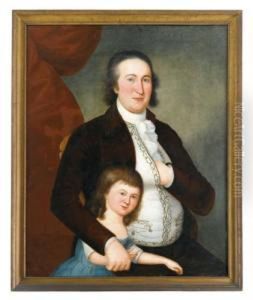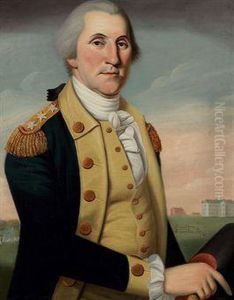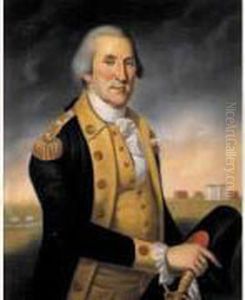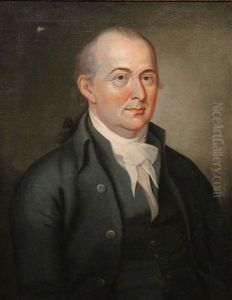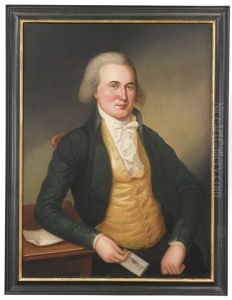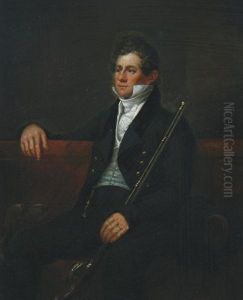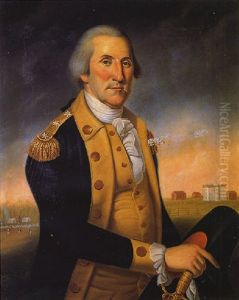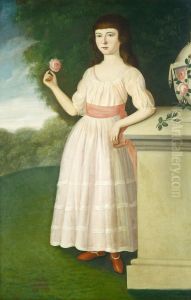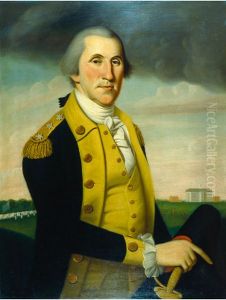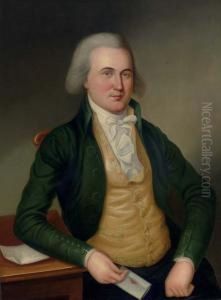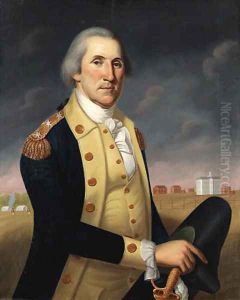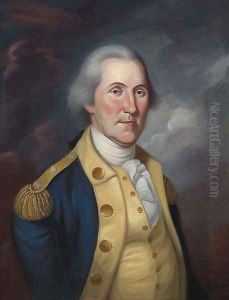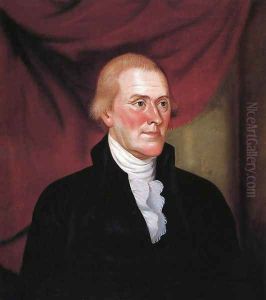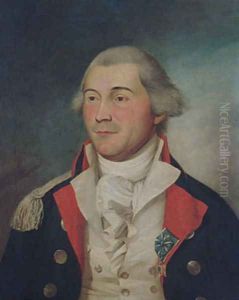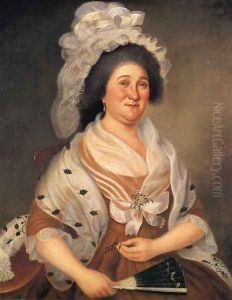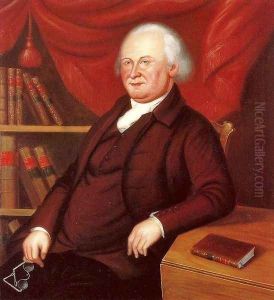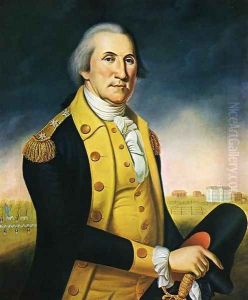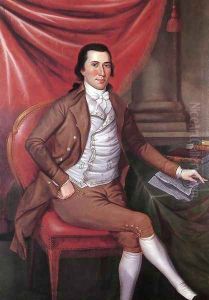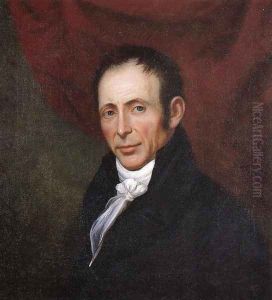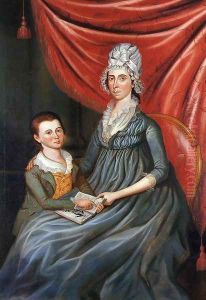Charles Peale Polk Paintings
Charles Peale Polk was an American artist born in Annapolis, Maryland, in 1767. He was one of the many talented relatives of the renowned artist Charles Willson Peale. Orphaned at a young age, Polk was adopted and raised by his uncle, Charles Willson Peale, who became his mentor and introduced him to the world of art. Polk trained under his uncle's guidance and developed his own style as a portrait painter.
His works are known for their attention to detail and the use of strong, vibrant colors. Polk became particularly known for his portraits of important political figures and members of the elite society during the Federalist era in American history. He managed to capture the essence of his subjects with a remarkable combination of realism and idealism.
Despite his initial success and connections, Polk's career faced challenges, and he struggled financially at various points in his life. He moved several times in search of new clients, working in Baltimore, Philadelphia, and other cities. Throughout his career, he maintained the influence of the Peale family's artistic style, characterized by a focus on naturalism and the promotion of American republicanism through the arts.
Charles Peale Polk's legacy is overshadowed by the more prominent members of the Peale family, particularly his uncle Charles Willson Peale. However, his contribution to early American portraiture remains significant, and his portraits are cherished as important historical documents of the period. Charles Peale Polk passed away in 1822, leaving behind a body of work that is still admired for its historical value and artistic merit.
